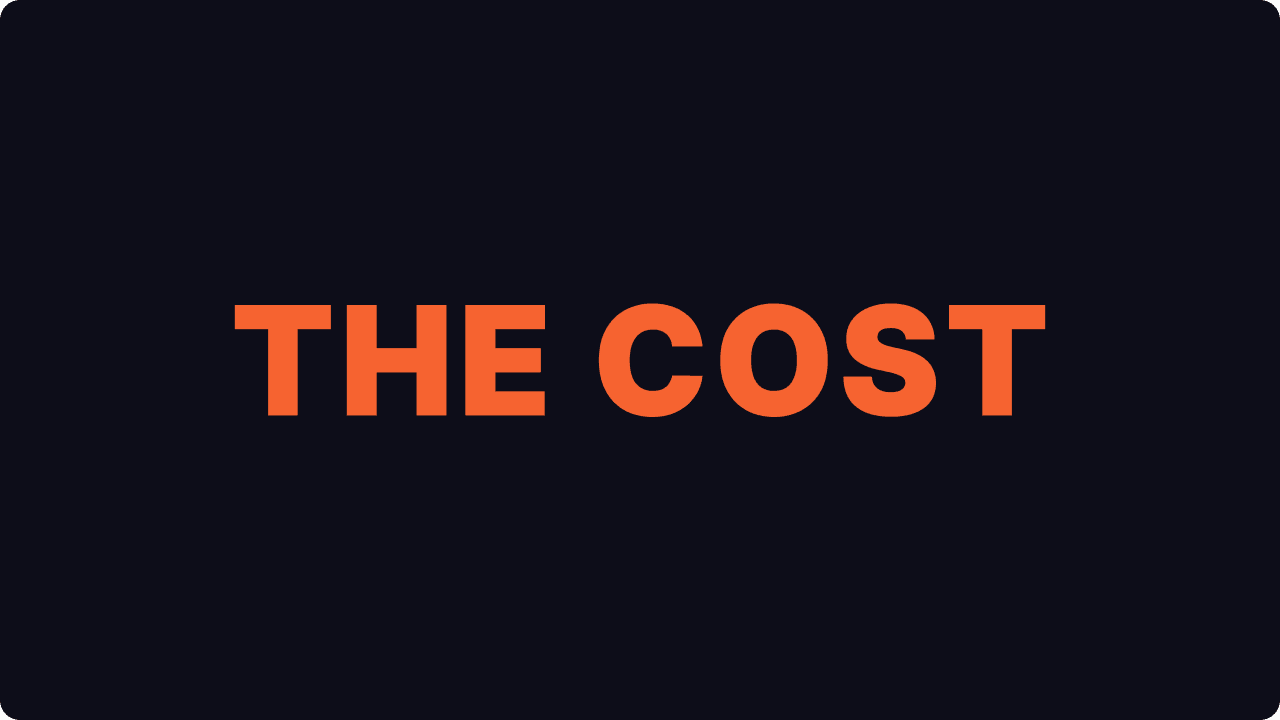For businesses that rely on high-quality user experience (UX) and user interface (UI) design, deciding whether to build an in-house team or use white-label UX/UI services is a major strategic choice. While in-house teams offer control and direct oversight, they also come with significant financial, operational, and strategic costs that are often overlooked.
Many companies assume that keeping UX/UI design internal is the safest option, but the reality is that not outsourcing to a white-label provider can slow growth, increase expenses, and reduce design quality. This article explores the hidden costs of not using white-label UX/UI services and how they can impact your business in both the short and long term.
1. The Financial Burden of an In-House UX/UI Team
One of the biggest misconceptions about keeping UX/UI work in-house is that it saves money. In reality, building and maintaining an internal design team comes with high operational costs that can strain a company’s budget.
Cost Comparison: White-Label UX/UI vs. In-House UX/UI
| Expense | White-Label UX/UI Service | In-House UX/UI Team |
|---|---|---|
| Salaries | No full-time employees – pay per project or retainer. | Full-time salaries for designers, researchers, and managers. |
| Employee Benefits | No costs for health insurance, retirement plans, or paid time off. | Significant costs for benefits, increasing total compensation. |
| Design Software & Tools | Included – providers use their own tools. | Company must pay for licenses for Figma, Adobe XD, and prototyping tools. |
| Training & Development | No training costs – providers stay updated on industry trends. | Ongoing investment in employee training, workshops, and certifications. |
| Overhead Costs | None – no office space or equipment required. | Office space, computers, and resources add to costs. |
💡 Example: A mid-sized business with three in-house UX/UI designers can easily spend $200,000+ per year on salaries, benefits, training, and software. A white-label provider could deliver the same work at a fraction of the cost, without the burden of long-term expenses.
2. Slower Turnaround Times and Project Delays
One of the biggest misconceptions about keeping UX/UI work in-house is that it saves money. In reality, building and maintaining an internal design team comes with high operational costs that can strain a company’s budget.
How In-House UX/UI Teams Cause Delays:
❌ Limited Availability: Internal teams work on multiple projects, causing slow turnaround times.
❌ Hiring Delays: Recruiting and onboarding new UX/UI talent takes weeks or months.
❌ Workload Imbalance: Overloaded teams struggle with deadlines, while underutilized teams waste resources.
How White-Label UX/UI Team Speeds Up Delivery:
✅ Faster Start Times – Providers have dedicated teams ready to work immediately.
✅ Efficient Workflows – White-label agencies specialize in streamlined UX/UI processes.
✅ Scalability – Quickly increase or decrease resources based on project needs.
💡 Example: A startup delays its product launch because its in-house designers are overwhelmed. By outsourcing UX/UI-related work, the company accelerates development and enters the market faster, preventing lost revenue opportunities.
3. Limited Access to Specialized UX/UI Expertise
A common issue with in-house teams is that their experience is limited to the company’s own projects. This lack of industry exposure can result in less innovative, less effective design.
White-Label UX/UI Provides:
✔️ Diverse Industry Knowledge: Providers work with various industries, bringing fresh perspectives and best practices.
✔️ Specialized Skills: Access to user research, accessibility compliance (WCAG), interaction design, usability testing, and more.
✔️ Cutting-Edge Trends: White-label teams stay updated on the latest design advancements without extra training costs.
💡 Example: An eCommerce company struggles with a high cart abandonment rate due to poor UX. A white-label team improves the checkout design, increasing conversions and sales.
4. Scalability Challenges
Companies that don’t use white-label UX/UI-related services often face scalability issues when their design needs to change.
Challenges of Scaling an In-House Team:
📌 Hiring Takes Time & Money – Recruiting UX/UI talent delays projects and increases costs.
📌 Underutilized Designers Waste Budget – During slow periods, employees remain on payroll with little work.
📌 Overworked Teams Reduce Quality – During peak times, burnout leads to rushed, lower-quality designs.
How White-Label UX/UI Solves Scalability Issues:
✔️ Flexible Workloads: Increase or decrease resources based on demand.
✔️ No Hiring Delays: Get access to experienced UX/UI designers immediately.
✔️ On-Demand Specialists: Bring in experts for specific design challenges without long-term commitments.
💡 Example: A marketing agency wins a large project but doesn’t have enough in-house UX/UI resources. Instead of hiring more staff, they outsource design work to a white-label provider, delivering the project on time and on budget.
5. Losing Focus on Core Business Priorities
Managing an in-house UX/UI team requires significant time, effort, and resources that could be spent on growth-focused initiatives.
How UX/UI Can Distract from Core Business Goals:
🚫 More Management Responsibilities: Requires hiring, training, and performance oversight.
🚫 Slower Decision-Making: Internal approvals and meetings slow down execution.
🚫 Resource Allocation Issues: More time spent on UX/UI operations means less time on strategic goals.
How White-Label UX/UI Frees Up Your Business:
✔️ No Internal Management Required – Providers handle all project logistics.
✔️ Faster Decision Execution – Less bureaucracy, quicker results.
✔️ More Focus on Growth – Leadership and internal teams can prioritize business expansion.
💡 Example: A SaaS company diverts too many resources into managing its in-house UX/UI team, delaying feature development. By outsourcing UX/UI, leadership refocuses on growth and innovation.
Final Thoughts:
Many businesses assume that keeping UX/UI in-house is the safest option, but in reality, it can lead to:
❌ Higher operational costs from salaries, benefits, and training.
❌ Longer project timelines, delaying product launches.
❌ Skill gaps, limiting UX/UI innovation.
❌ Scalability issues, making it harder to grow.
❌ Less focus on core business priorities, reducing overall efficiency.
The Smarter Alternative?
✅ Reduce costs while maintaining high-quality design.
✅ Scale UX/UI work efficiently based on demand.
✅ Access expert designers without hiring full-time staff.
✅ Focus on business growth, while UX/UI-related work is handled by professionals.
